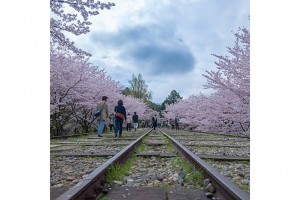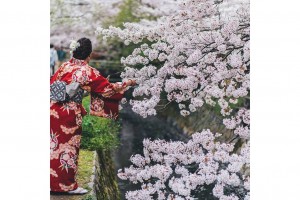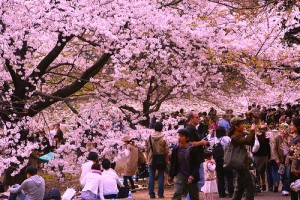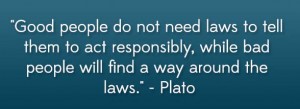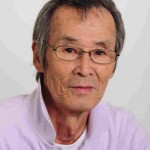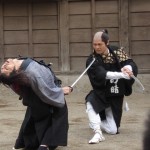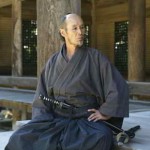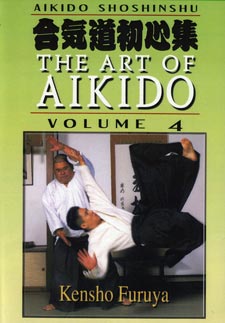"Victory favors neither the righteous nor the wicked. It favors the prepared." - Unknown Regardless of what martial art we do, the training gives us options. If we don't train regularly, how will we be able to take advantage of the options? Humans are different from beasts in that the beast knows only one thing and only has basically one option - whatever is in its nature to do. What differentiates us as humans is that we have a mind (consciousness) and thus have the ability to choose. But, how can one choose from the plethora of better options if one doesn't have any? Before anyone can walk away, they have to know that they can. In order to change, one has to be prepared to do so.



